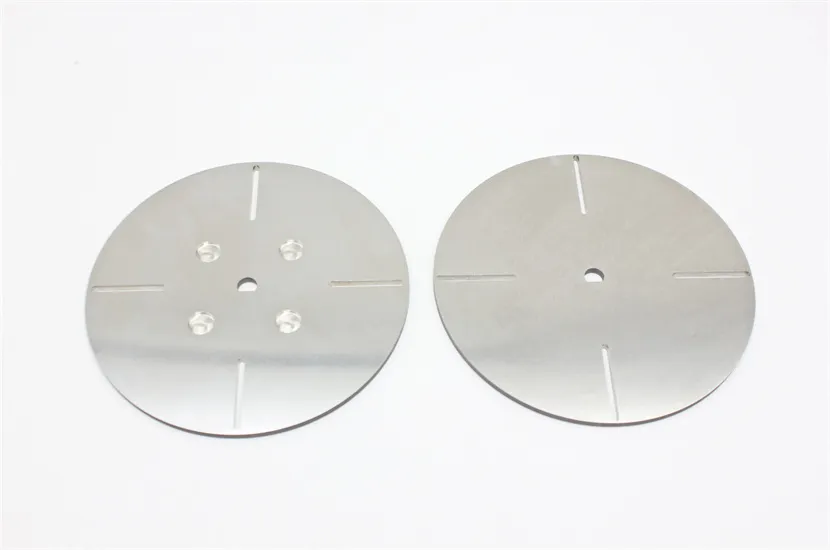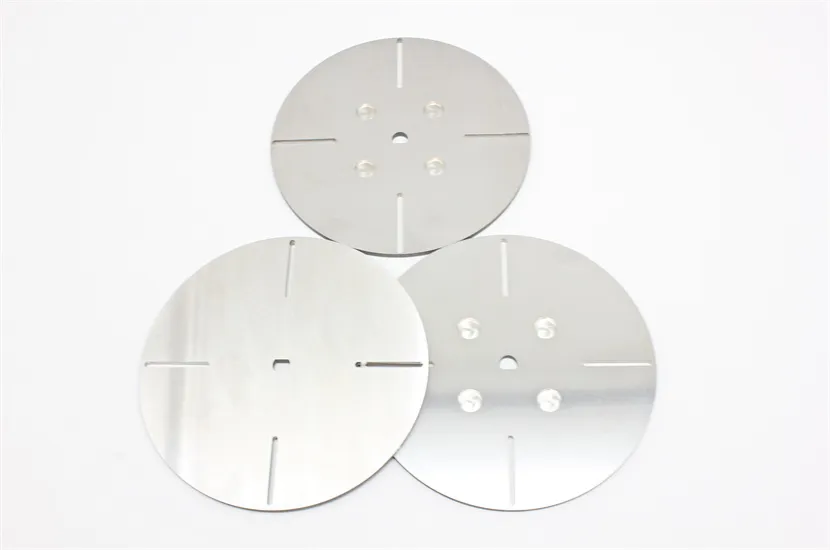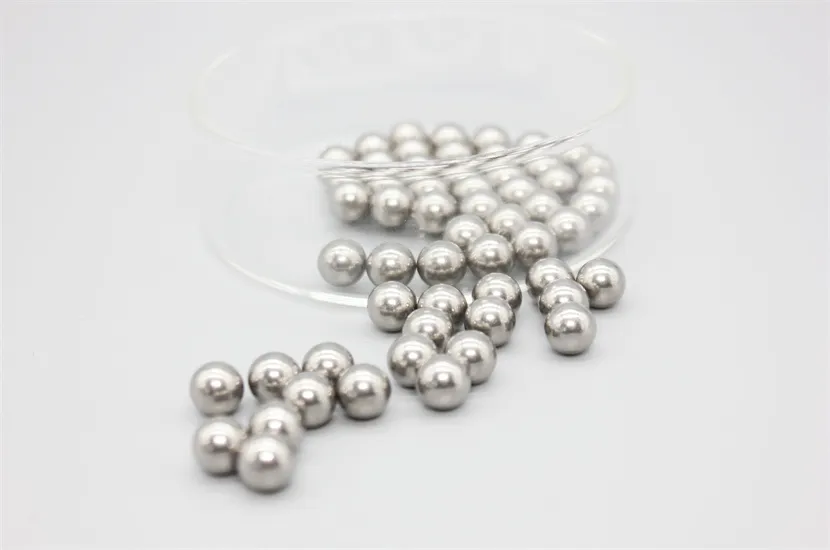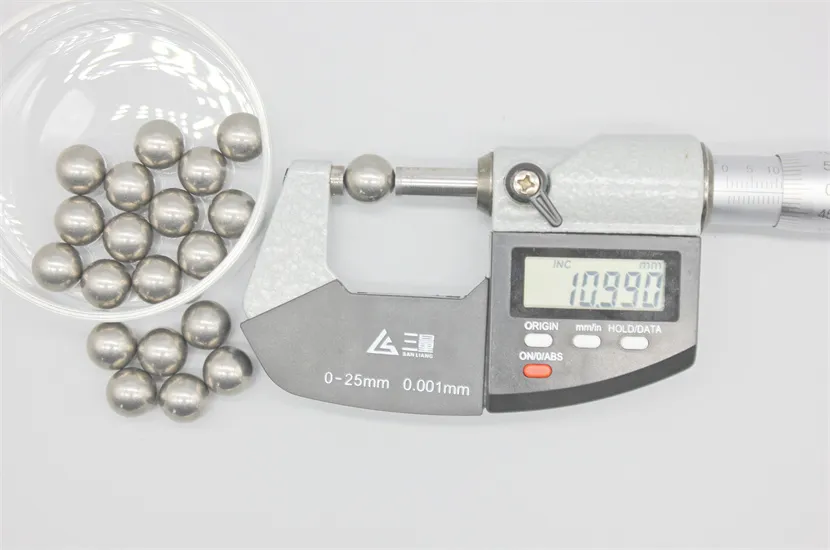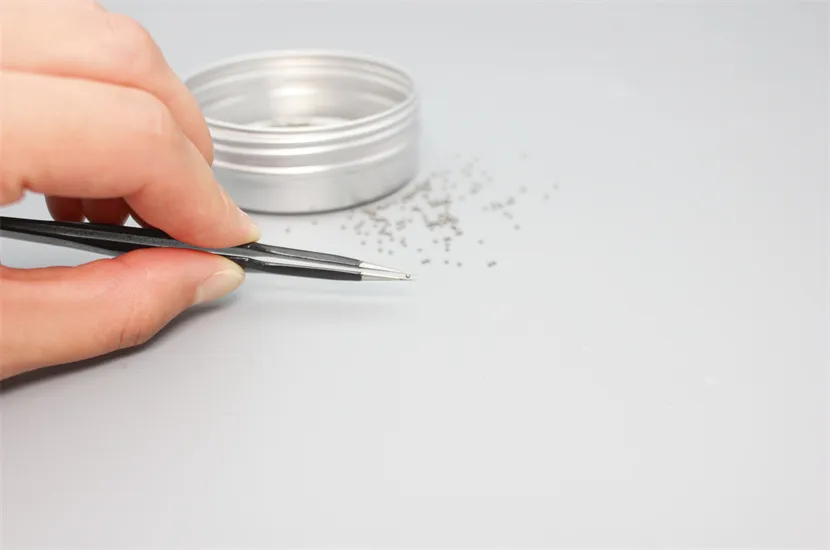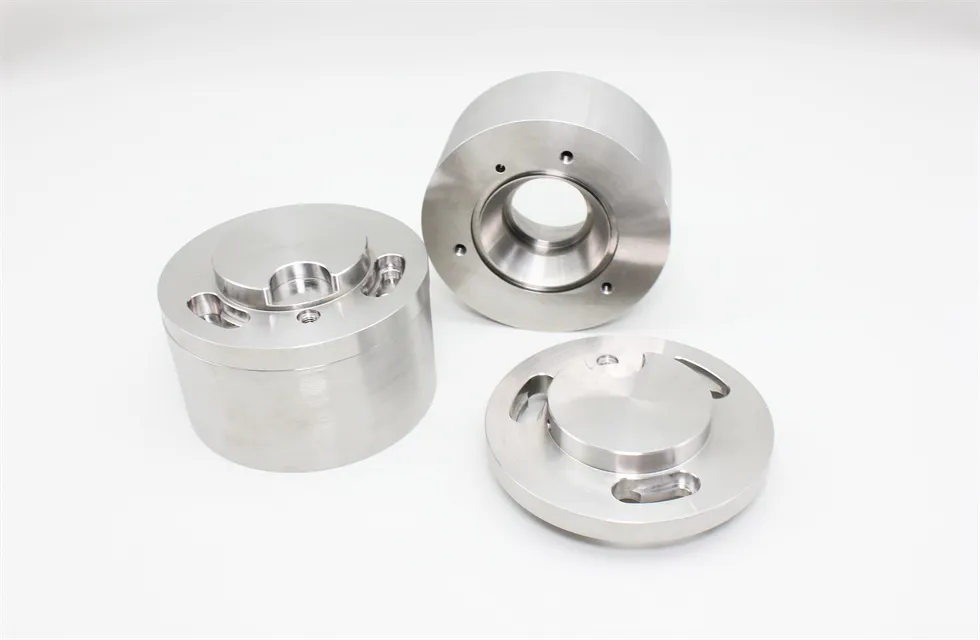Tungsten Shielding-Enhancing Safety in Radiation Protection
| Payment Type: | T/T |
| Incoterm: | FOB,CIF,EXW,FCA,Express Delivery |
| Min. Order: |
2 Piece/Pieces |
| Transportation: | Ocean,Air,Express |
Attributes
Model No.: JDTG-TS-019
Brand: ZZJD
Place Of Origin: China
Material: Tungsten
Density: 18.10±0.15g/cm³
Color: Natural
Size: Support customization
PACKAGING & DELIVERY
Selling Units :Piece/Pieces
Package Type : Standard export packing
DESCRIPTION
Tungsten has several notable properties:
◎High Melting Point: Tungsten has the highest melting point of all metals in pure form (3,422 °C or 6,192 °F). This property makes it extremely useful in high-temperature applications.
◎High Density: Tungsten has a very high density, approximately 19.3 grams per cubic centimeter, which is similar to gold and platinum.
◎Strength and Durability: Tungsten is known for its high tensile strength and resistance to wear and corrosion. It is one of the hardest metals, often used in alloys to increase hardness and durability.
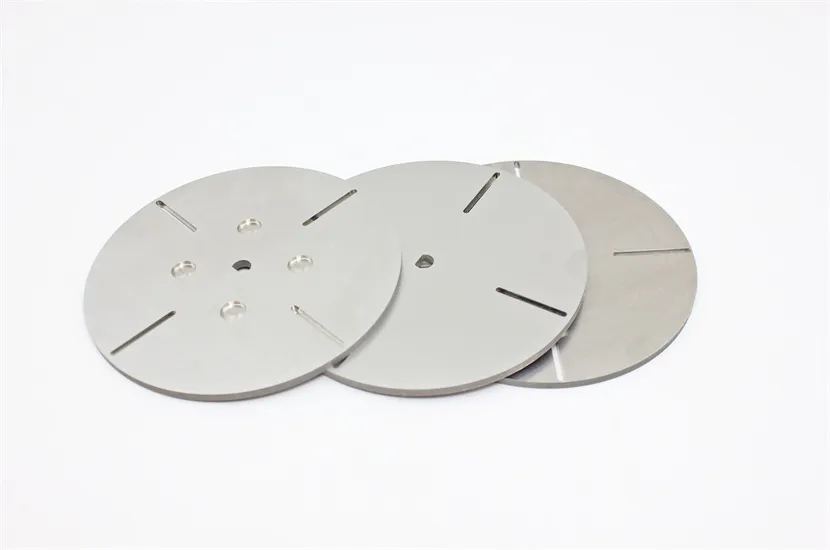
◎Electrical Conductivity: Tungsten possesses relatively good electrical conductivity and is used in electric components and filaments.
◎Thermal Conductivity: Tungsten also has relatively high thermal conductivity, making it suitable for applications requiring heat dissipation.
◎Magnetic Properties: Tungsten is paramagnetic, meaning it is slightly attracted to magnetic fields.
◎Chemical Stability: At room temperature, tungsten does not react with air or water, and it resists attack by most acids (except for a mixture of nitric acid and hydrofluoric acid).
◎Use in Alloys: Due to its high melting point and strength, tungsten is often alloyed with other metals to enhance their properties. For example, tungsten carbide is used in cutting tools and drill bits because of its hardness and wear-resistance.
These properties make tungsten valuable in various industrial applications, including aerospace, electronics, and manufacturing.
Advantages of Tungsten Radiation Shielding
þDensity and Atomic Packing: Tungsten has a high density (about 19.3 g/cm³) and atoms that are tightly packed compared to lead (density of about 11.34 g/cm³). This makes tungsten highly effective at blocking radiation.
þThickness Requirement: Due to its higher density and atomic packing, a tungsten layer one-third as thick as a lead layer can provide equivalent protection against harmful scatter radiation. This allows for more compact and potentially lighter shielding solutions.
þAlloying: Tungsten can be alloyed with other materials to reduce its weight while maintaining its radiation-shielding properties. Common alloying elements include copper, nickel, iron, and titanium. The process often involves sintering, where powdered metals are heated to just below their melting points, allowing them to bond without fully melting.
þAmalgamation and Attributes: Tungsten alloys can be formulated to achieve specific characteristics, such as higher mechanical strength, flexibility, or resistance to environmental factors like corrosion. These alloys can also be mixed to create custom blends tailored to particular shielding needs.
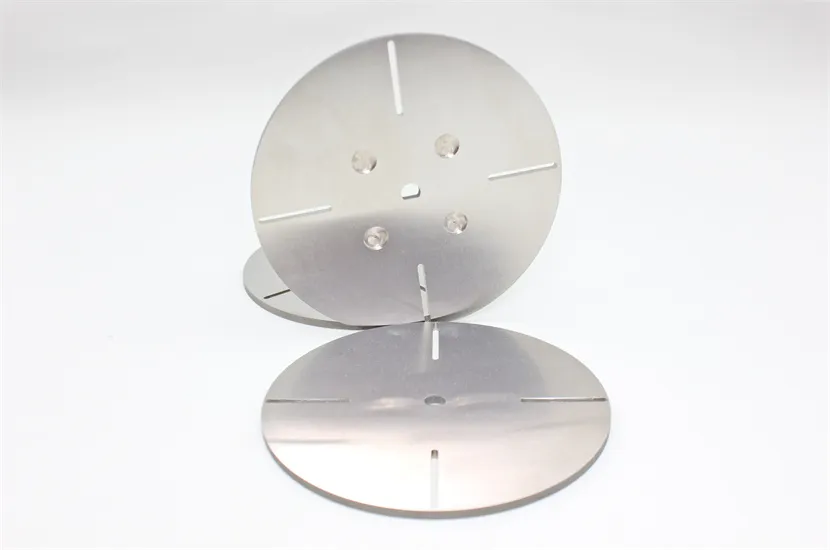
þPolymer Matrices: Embedding tungsten amalgamates into polymer matrices, such as vinyl, can result in flexible, durable materials suitable for various shielding applications. Such composites can offer advantages like reduced brittleness, better corrosion resistance, and lower toxicity compared to pure tungsten or traditional lead-based shields.
This combination of high density, customizable alloying, and incorporation into flexible polymers makes tungsten an excellent choice for radiation shielding across numerous industries, including medical equipment, aerospace, and nuclear facilities.

 EN
EN AR
AR FR
FR DE
DE HI
HI IT
IT JA
JA KO
KO PT
PT RU
RU ES
ES ID
ID LV
LV VI
VI HU
HU MS
MS GA
GA BE
BE YI
YI EU
EU